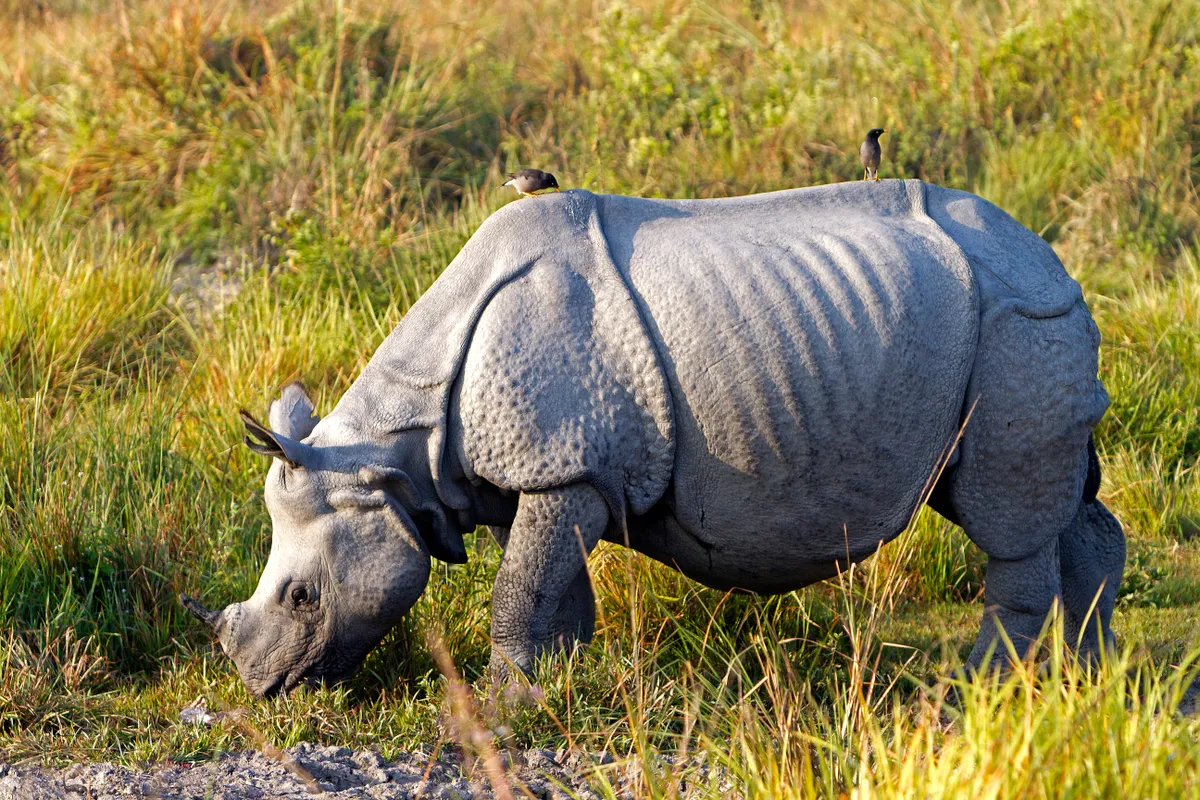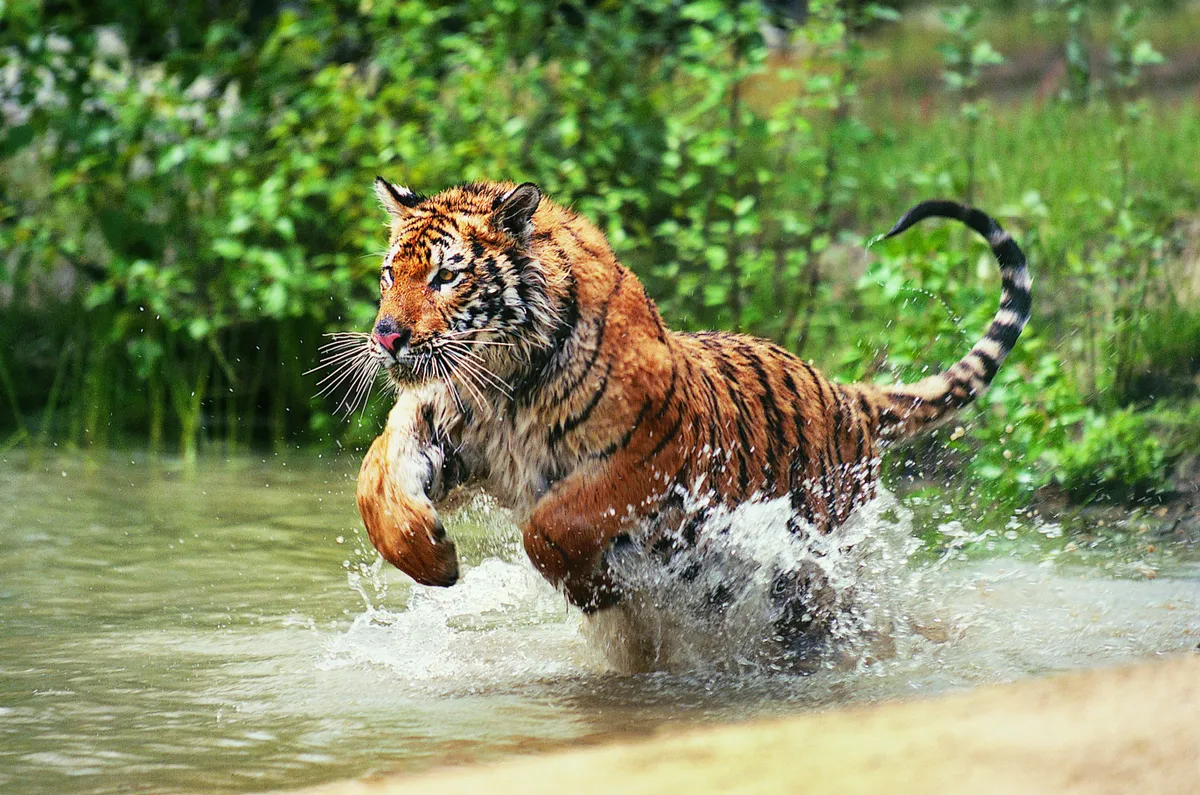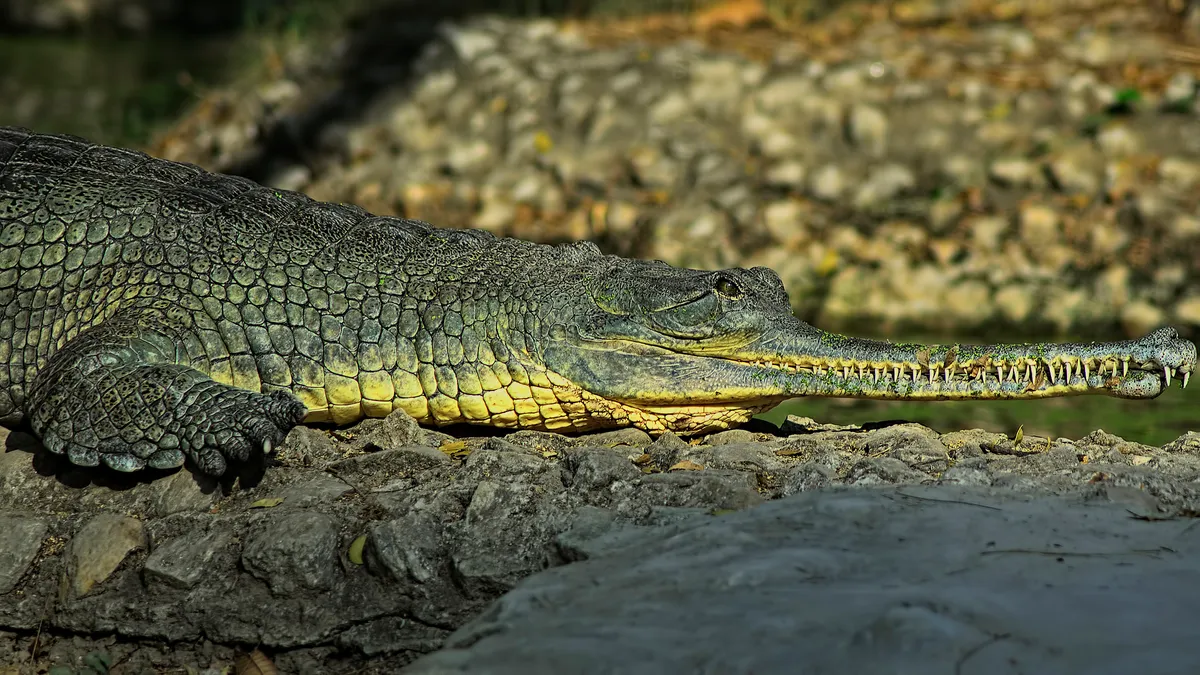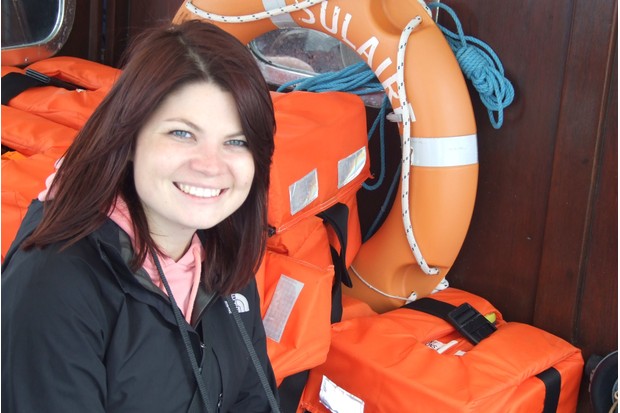Located at the foot of the Himalayas in the lowland Terai region, Chitwan National Park is dominated by tropical and subtropical forests, with substantial grassland and wetland areas (Beeshazar and surrounding lakes comprise a Ramsar site). A UNESCO World Heritage Site, this landscape plays host to a particularly wide range of wildlife.
1
Greater one-horned (Indian) rhinoceros, Rhinoceros unicornis

Hunted to the brink of extinction by the 1970s, Nepal’s rhinos have since rallied; Chitwan hosts more than 600 – around 90 per cent of the country’s total rhino population. Head out on a walking or jeep safari at dawn for a good chance of a sighting.
2
Bengal tiger, Panthera tigris tigris

The world’s biggest cat prowls the sal forests of Chitwan, hunting chital, sambar and barking deer, wild pig and – amazingly – gaur (huge wild bovids). Sightings of the park’s 100 or so tigers are scarce but thrilling.
3
Other highlights

Critically endangered Bengal floricans enjoy elaborate courtship displays in the grasslands from March to June. Gharial crocodiles, Gavialis gangeticus, also endangered, can be seen along with marsh crocodiles, Crocodylus palustris, in the larger rivers. Big mammals include the Asian elephant, Elephas maximus.
Key facts
Area: 932km2
Annual rainfall: 2,600mm
Maximum altitude: 815m
When to go
October to February is most comfortable and wildlife sightings rise after villagers cut tall thatch grasses in late January. Temperatures soar from March and the monsoon (late June-September) swells rivers and cuts roads.
Go there with
